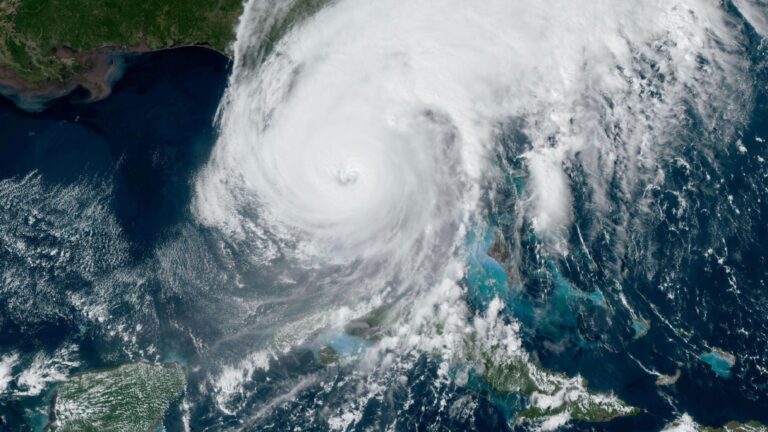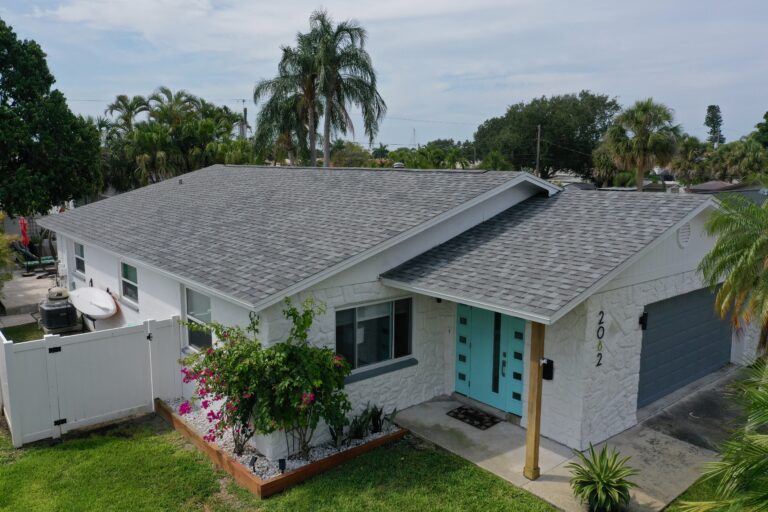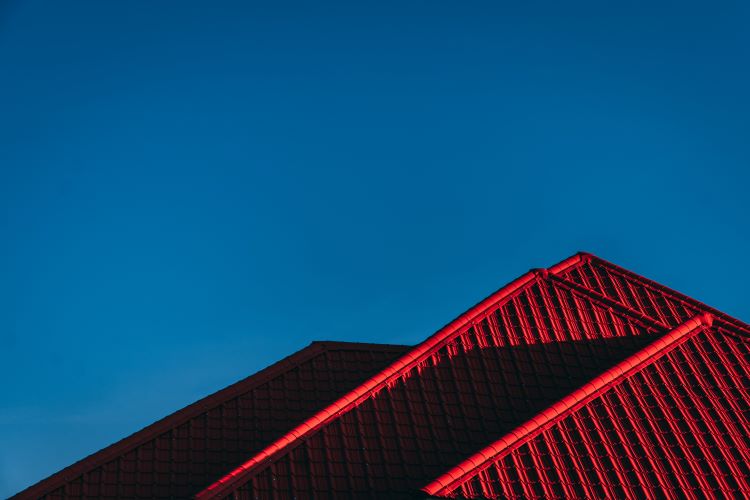Material Used for Roofs in Florida
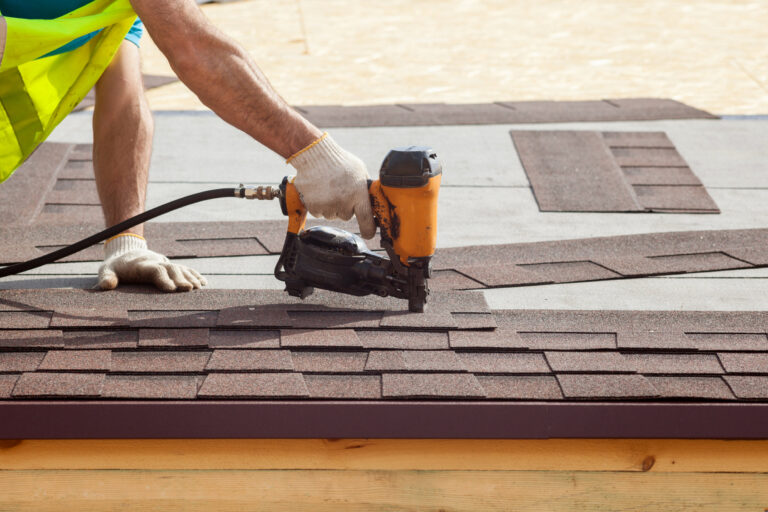
Material Used for Roofs in Florida
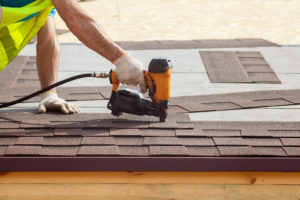 Your roof makes a big statement about your home and its value. As one of a home’s most expensive and visible features, you want a roof that is sturdy, stable, and attractive. Florida’s hot, humid climate poses unique challenges for roofers, as some roofing materials just can’t stand up to the blazing sun or hurricane-force winds. Roofing materials must meet strict standards set forth by the Florida Building Code, including the unique requirement that all roofing materials be algae-resistant. The most popular materials used for roofs in Florida are:
Your roof makes a big statement about your home and its value. As one of a home’s most expensive and visible features, you want a roof that is sturdy, stable, and attractive. Florida’s hot, humid climate poses unique challenges for roofers, as some roofing materials just can’t stand up to the blazing sun or hurricane-force winds. Roofing materials must meet strict standards set forth by the Florida Building Code, including the unique requirement that all roofing materials be algae-resistant. The most popular materials used for roofs in Florida are:
-
Shingles
Shingles stand strong as the most popular roofing material in Florida. Known for their durability and affordability, shingles can withstand brutal temperatures and high winds. As long as they are installed correctly, shingles can tolerate winds of 150+ mph, are waterproof, and receive up to a Class A fire rating. If you choose shingles for your roofing project, opt for asphalt, fiberglass, or laminate. Consider installing lifetime premium shingles (if money is not an obstacle). Avoid 3-tab shingles as they are too flimsy for Florida’s high winds and heavy rain, especially considering high-quality laminate shingles cost only a little more. Most shingles will last 15-20 years.
-
Copper
Copper is considered the gold standard for Florida roofing material. Found on high-end homes and buildings, copper roofs start out orange and chemically change to blue and green over time. Copper’s biggest benefit as a roofing material is that it is incredibly lightweight, yet resilient to Florida’s harsh weather. Copper comes in various patterns and textures, appealing to both traditional and modern tastes. Copper deflects sunlight away, keeping homes cooler and more energy efficient during the summer. It can last up to 50 years with proper care.
-
Clay Tile
Clay tile roofs give homes a distinguished aesthetic with minimal maintenance. Clay tiles stand up well to salt spray and wind and are a great option for homes near the beach. Clay tiles are not combustible and are waterproof when installed correctly. Various colors are available, from traditional terra cotta to more modern hues. Clay tile can also last up to 50 years with proper care.
-
Concrete
Concrete is surprisingly one of the more eco-friendly roofing material options. Fiber-reinforced concrete tiles are lighter than clay tiles, while still resisting the destructive power of heat and sunlight. Concrete tiles can be designed and colored to mimic the look of wood, clay, or slate without the issues with mold, insects, or decomposition.
You have many choices in materials when installing a new roof on your home. Whether you go with traditional asphalt shingles or upgrade to an elegant copper roof, trust the experts at Shon Boswell Contracting Services with all your roofing needs. Shon and his team of roofing specialists will review the pros and cons of each roofing material with you, helping you make an informed and educated decision that you’ll be happy with for years. Check out our top-rated reviews on Google and HomeAdvisor, and when you’re ready, call (727) 328-3320 for the best roofing contractor in St. Petersburg!

